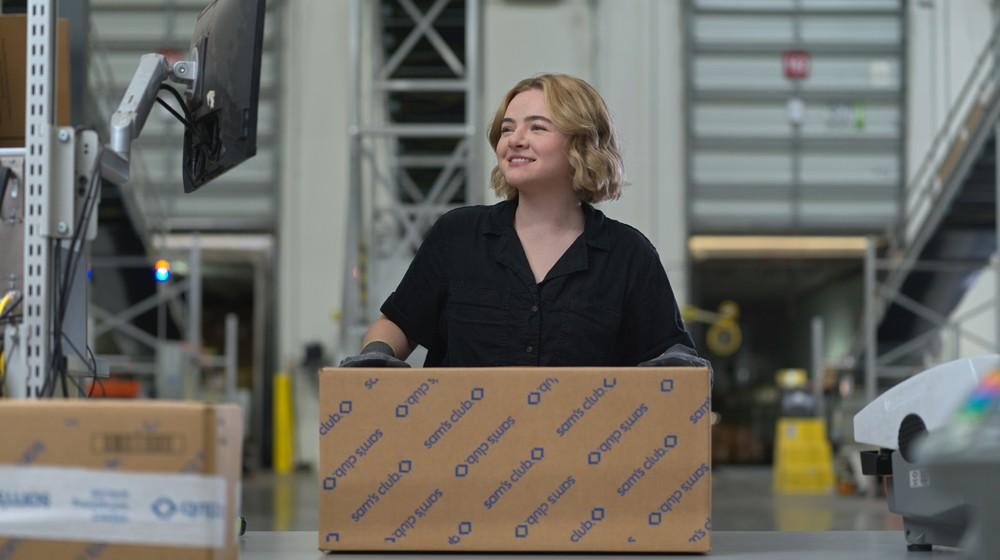Walmart reaches major carbon emissions goal – six years early
Walmart Inc. has achieved a milestone in removing greenhouse gas emissions from its supply chain that it hadn’t expected to accomplish until 2030.
More than 5,900 suppliers globally are engaged in Walmart’s Project Gigaton, an initiative the discounter launched in 2017 to avoid one gigaton (one billion metric tons) of carbon dioxide from its global value chain by 2030.
By focusing projects on efforts like energy efficiency, packaging redesign, food waste reduction and trucking load optimization, Walmart says its suppliers have reported projects that are expected to exceed that one billion metric ton mark — helping the retailer reach its carbon reduction goal six years early.
Actions Walmart itself has taken to help eliminate carbon emissions include partnering with Rubi, a company that creates natural textiles 100% from carbon emissions, to utilize on-site reactor technology in pilot projects involving Walmart's sourcing and manufacturing collaborators' infrastructure. The output of these projects will be leveraged to produce a prototype apparel collection using Rubi's fabric made from carbon emissions.
In addition, Walmart’s Sam’s Club warehouse club banner is teaming up with Local Bounti Corp., a U.S. indoor agriculture company that grows produce in an environmentally friendly manner that increases harvest efficiency and reduces the cost and carbon footprint of the production and distribution process.
Other steps Walmart has taken to support Project Gigaton include rolling out the Circular Connector, an online tool linking companies searching for more sustainable packaging options and those that offer them; as well as partnering with Schneider Electric and renewable energy company Ørsted to offer a renewable energy accelerator for its suppliers known as Gigaton PPA.
In a corporate blog post announcing its carbon emissions achievement, Walmart said it is working to improve and expand Project Gigaton as it continues working toward its goal of zero operational emissions in Scopes 1 (direct) and 2 (indirect) by 204 and assesses how it can reduce Scope 3 (all other emissions associated with a company’s activities).
"We’ll continue to work with our suppliers on real initiatives with real-world impacts that make our products better and our business stronger while continuing to enhance how we support our suppliers on goal setting, learning, solutions and estimating emissions," Kathleen McLaughlin, executive VP and chief sustainability officer, Walmart; president of the Walmart Foundation, said in the blog post. "We are also considering how we can engage customers in lowering emissions in ways that will help them save money and live better."
Based in Bentonville, Ark., Walmart Inc. operates more than 10,500 stores and numerous e-commerce websites in 19 countries.



